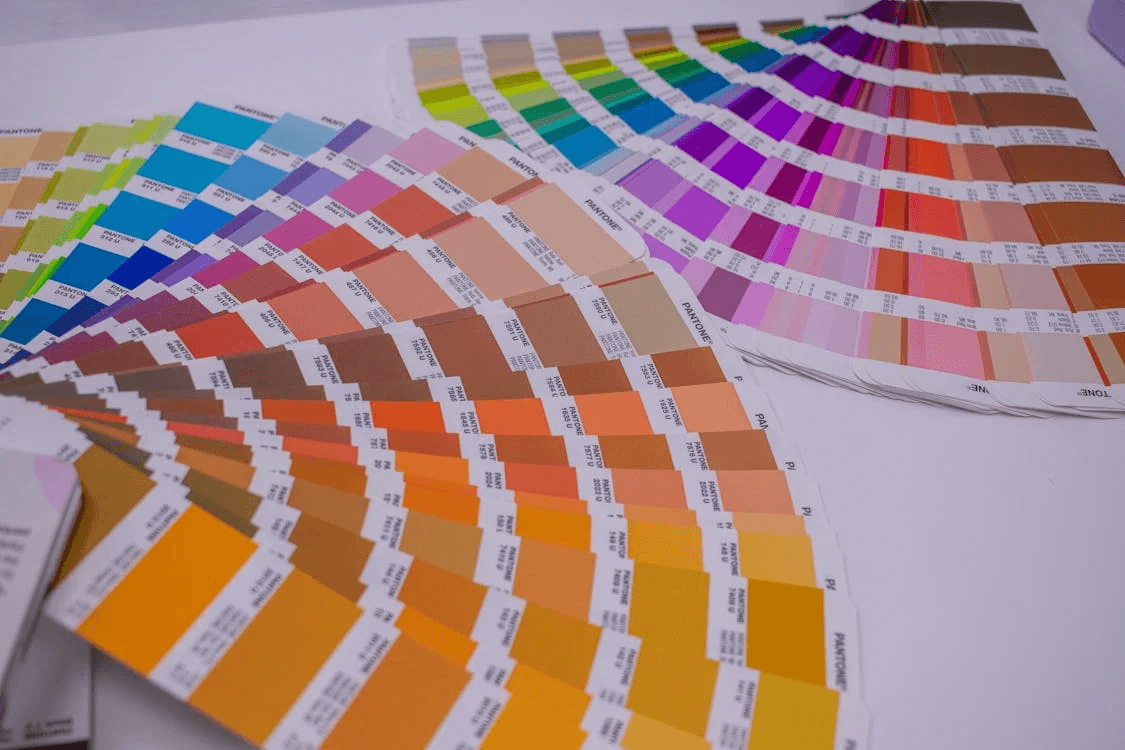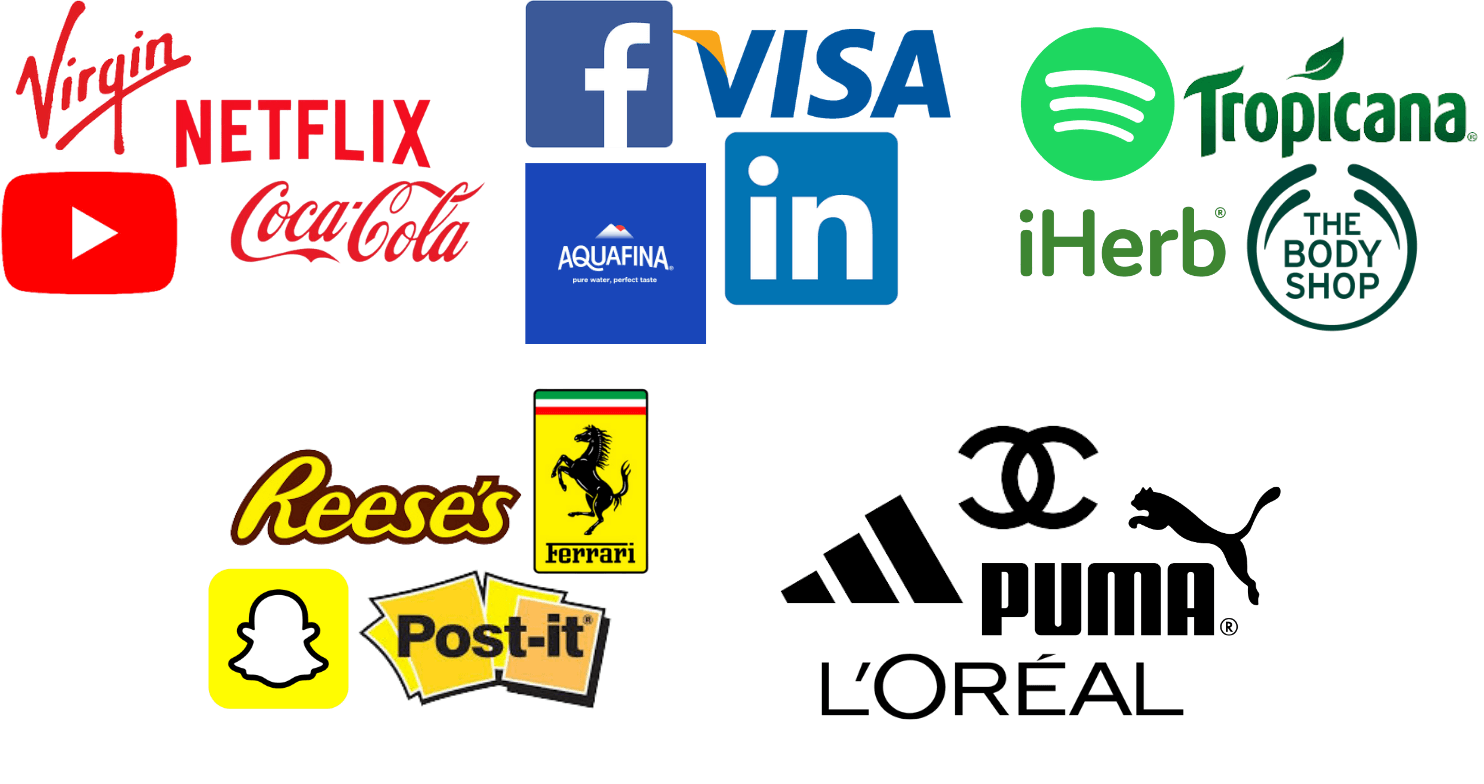Table Of Contents
Ever wondered why you feel instantly excited when you see a bold red logo or why a soothing blue brand logo makes you trust the company a little more? That, my friend, is color psychology at play. Picking the right color palette for your brand is much more than just aesthetics. Colors can evoke emotions, shape perceptions, and influence decisions—all vital elements in crafting a brand strategy that sticks.
So, how do you pick the perfect palette to reflect your brand’s identity? Let’s explore how color psychology can guide you in making the best choices for your brand.
Why Color Psychology Is Key to Branding

Let’s talk about why color psychology is so important for branding. It’s not just about making things look pretty—it’s about how your brand makes people feel. Colors can stir up emotions, shape how your brand is perceived, and even influence decisions. Whether you're crafting a new logo or choosing your overall brand color palette, picking the right hues can build trust, spark recognition, and keep your audience engaged. Get it wrong, though, and you might turn potential customers away without even realizing it.
Building Your Brand Color Palette: A Guide

When you're thinking about creating your brand color palette, remember that it's not just about picking your personal favorites. Your brand colors should reflect your core values and message while appealing to your target audience. In fact, choosing the right colors is crucial—brand colors can increase brand recognition by up to 80%. So, selecting the perfect palette plays a huge role in shaping how your audience remembers and connects with your brand.
Here’s how to make color psychology work for you:
Red: Bold and Attention-Grabbing
Red is the color of passion, energy, and excitement. It’s the color that makes you want to take action, which is why brands like Coca-Cola and Netflix use it to stand out. If your brand strategy focuses on urgency or boldness, incorporating red can be a smart choice. Just remember, moderation is key—you don’t want your audience to feel overwhelmed or agitated.
Blue: Calm and Trustworthy
If you're looking to convey trust and professionalism, blue is your go-to. Think of brands like Facebook and LinkedIn, which use shades of blue to signal reliability and calm. Blue is also a great choice for brands in finance or tech, where a sense of security is vital. Incorporating blue into your brand designs can help build a connection based on trust, making your brand colors do the talking for you.
Green: Growth and Balance
Green is all about growth, nature, and balance. Whether you’re promoting eco-friendly products or you want to emphasize harmony and health, green can be your brand’s best friend. For companies focused on sustainability, wellness, or organic goods, green reinforces that natural, wholesome vibe. Choosing green as part of your brand color palette can subconsciously tell your audience, “We care about the environment and your well-being.”
Yellow: Optimism and Energy
Looking to add a touch of sunshine to your brand? Yellow is the color of optimism and creativity. Brands like Ferrari and Post-it use yellow to spark feelings of positivity and energy. If your brand needs to radiate fun, friendliness, or youthfulness, yellow can be a fantastic choice. However, balance is key—too much yellow can feel overwhelming or overly intense.
Black: Power and Sophistication
Black radiates power, sophistication, and luxury. Just look at brands like Chanel, Puma, and L’Oréal—they all use black to create a sleek, elegant image that commands attention. Want your brand to feel bold and timeless? Black could be your best friend. It’s versatile enough to fit a variety of brand designs, whether you’re going for a minimalist look or something more dramatic. Just remember, black makes a statement—so use it wisely to reinforce your brand’s message and make a lasting impact.
Want to learn how to create a branding kit from scratch?
This blog post gives a step-by-step guide to help you build a cohesive brand identity that stands out.
Bringing Color Psychology Into Your Branding Strategy

Now that you understand the fundamentals of color psychology, how do you weave it into your overall brand strategy? Start by focusing on the emotional impact you want your brand to have. Do you want your audience to feel inspired, reassured, or energized? Use that desired emotional response as a foundation when selecting your brand colors.
Think beyond the logo—your brand’s color palette should carry through every touchpoint, from your website to social media and even packaging. It’s about creating a cohesive experience where your colors help reinforce your brand’s message.
Another crucial aspect is consistency. The same color palette should extend across all your marketing materials to build a recognizable identity. When your audience starts associating specific colors with your brand, you’re successfully creating a strong, memorable presence in their minds.
Let’s Bring Your Brand to Life
At Digital Footwork, we’re all about helping you craft a branding strategy that truly stands out. Whether you're building your brand from the ground up or looking for a fresh new look, our branding kit services and logo design expertise will ensure you pick the perfect color palette to make a lasting impression.
Looking to elevate your brand with a powerful design and the right colors?
Reach out to us today and let’s get started!

